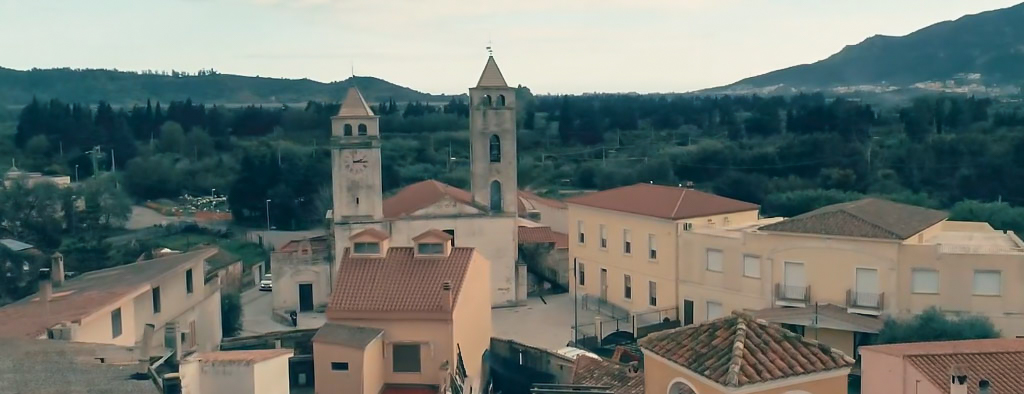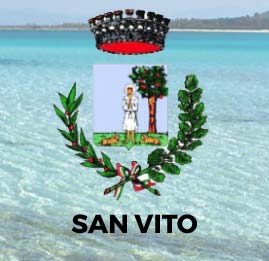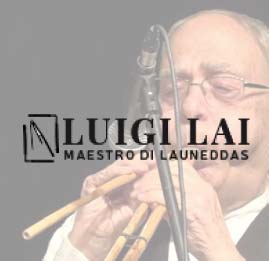
San Vito, a town a few steps from the beautiful beaches of Sarrabus
Few steps from the beautiful beaches of Sarrabus, between sea and countryside, this characteristic village, once a mining centre, is today surrounded by fertile fields and archaeological sites.
San Vito is a small village in the centre of Sarrabus, along the south-eastern coast of Sardinia, known for its centuries-old traditions, its quality agri-food products and its archaeological sites.
Spread over a fertile territory, with excellent productions such as citrus fruits, and dotted with prehistoric sites and industrial archeology, San Vito is a village of just under four thousand inhabitants who are very tied to traditions, which is witnessed by the splendid ancient sanvitesi dresses.
In the Middle Ages the centre was part of the Giudicati, at first Cagliari then Gallura. Passed later to Pisa it was finally conquered by the Aragonese.
In the second half of the nineteenth century the mining activity began along the argentiferous strand of Sarrabus-Gerrei (the second largest area of the Geo-mining Park in Sardinia).
At the beginning of the twentieth century more than 1,500 miners worked in a dozen mining sites, which made up the “silver road“, two thirds of which in the Monte Narba mine alone.
Inside the Sanvitese civic palace the “La Via dell’Argento” museum documents history and mining life through oral sources, documents, photographs and work items. The churches of San Vito, patron of the village, San Lussorio, Santa Maria, and Sant’Antioco are also worth visiting.
In the characteristic hamlet of San Priamo (a village built between 1926 and 1932 to house the workers called to reclaim the marshy areas of Sarrabus) we find a very particular XIII century sanctuary: traditionally “miraculous” waters jet out of a spring in a domu de janas inside it.
To be mentioned among the important prehistoric finds in the territory there are: the Asoro nuraghe, near the church of S. Priamo, traces of a settlement of the final Neolithic (3200-2800 BC) with items of obsidian and ceramic, in Sa Conserva (or Nurasci) ), the domus de Janas necropolis of Pranu Narbonis and the nuraghe Genna Mesa.
Various festivals enliven the Sanvitese summer. At the end of July there is the festival of Sa Prazzira e sa Pezza de Craba, a typical local pizza with goat meat, that is accompanied by folk shows and a market show of typical products.
At the end of August the festival of Su Pisci takes place in San Priamo, with a tasting of roasted fish, and Sa Cursa a su Coccoi, an equestrian carousel in the village where the jockeys riding at speed try to skewer a typical local bread.
These riders alternate with skilled stunt jockeys.
The Palio degli Asini (donkeys), a show that mainly involves children, is part of the event.
Sanvitesi events are accompanied by the melodious sound of the “launeddas“, a policalamus Sardinian musical instrument whose origins are lost in time and the ancient use of which is handed down today by the Academy of master Luigi Lai.

In quest’area verrai indirizzato al sito del Comune di San Vito per avere tutte le informazioni su questa località.
Clicca per Accedere

In quest’area verrai indirizzato al In quest’area verrai indirizzato al sito del maestro di Launeddas Luigi Lai per avere tutte le informazioni.
Clicca per Accedere


